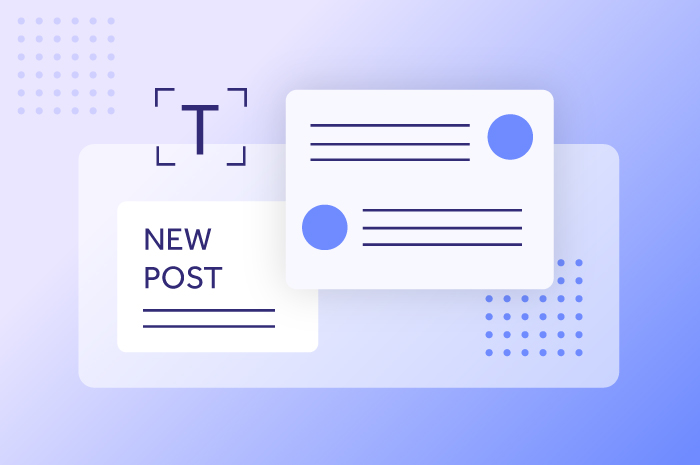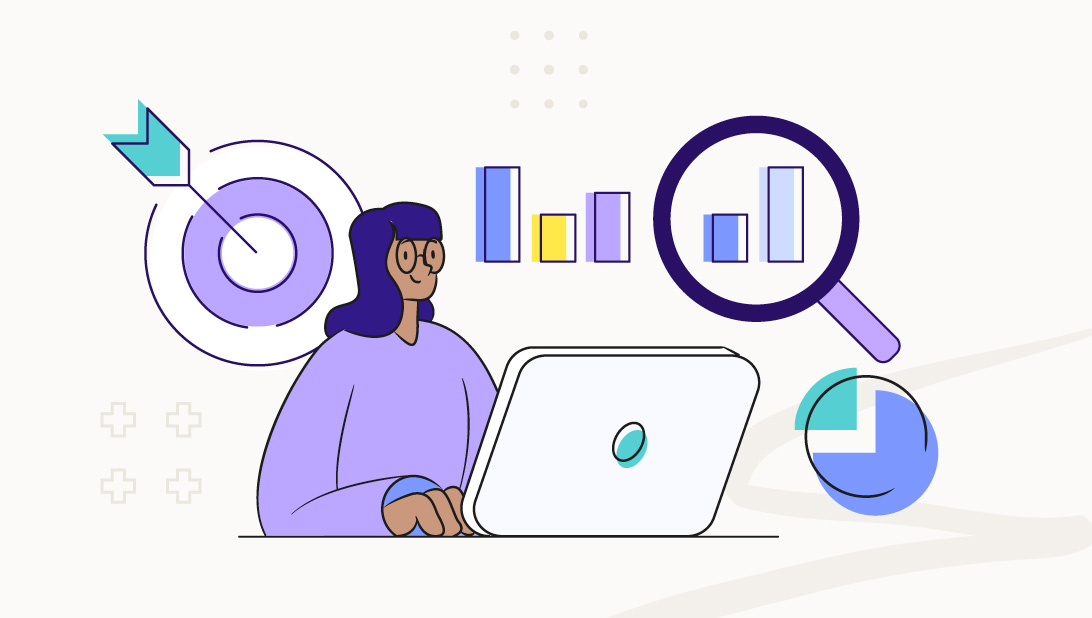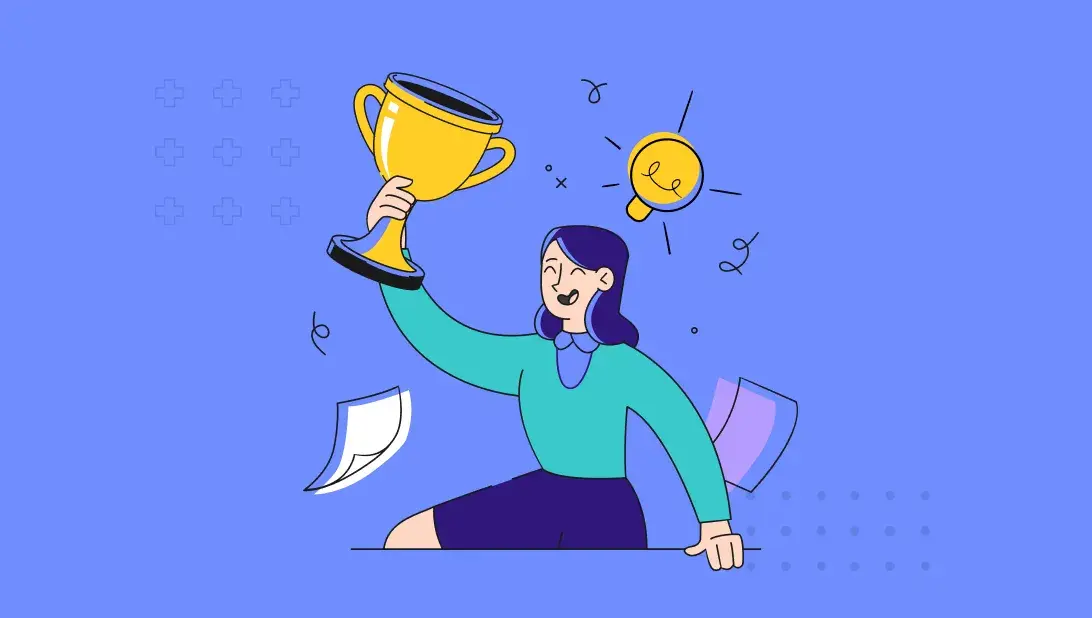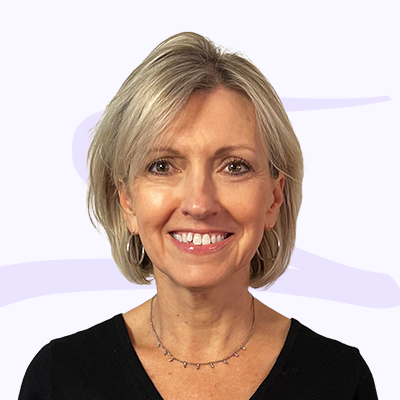
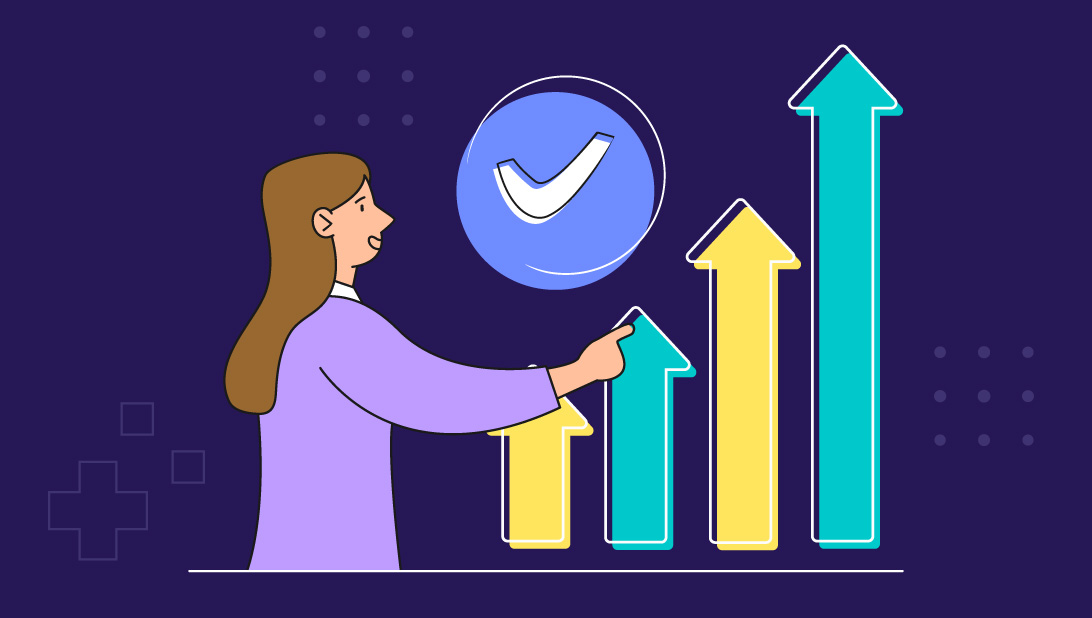


Getting leads is just the starting point—what really drives organizational growth is how well B2B SaaS companies turn those leads into loyal customers. Yet, long sales cycles, stakeholders with different priorities, high customer acquisition costs, and increasing pressure to demonstrate ROI can impact your pipeline.
Communicating how a complex solution works is also challenging. Your marketing materials can’t cover every use case, and decision-makers want to try a product and experience its benefits before talking to sales.
So, how can you address these challenges while allowing potential customers to see firsthand how your solution solves their problems?
Enter product-led growth (PLG), a go-to-market strategy where the product drives acquisition, activation, and expansion. At the heart of many successful PLG strategies is the freemium model, which removes barriers to entry and lets users experience the solution's value before making a purchase decision.
Let’s explore what product-led growth entails, why it’s especially powerful in today’s B2B SaaS marketplace, and how freemium models, paired with strategic SaaS onboarding, self-serve experiences, and usage-based upselling, can turn your product into a scalable growth engine.
In product-led growth, your software solution does the heavy lifting to drive customer acquisition, engagement, and retention. It complements sales and marketing efforts by empowering users to experience your product’s value firsthand, deepening their engagement with your brand organically to cultivate loyalty.
In most product-led growth models, users access the solution through a freemium plan, free trial, or sandbox environment. From there, intuitive onboarding, in-app guidance, and value-driven feature exposure help them experience the benefits as they apply your solution to address their needs.
A well-executed product-led growth strategy accelerates time to value while building trust, loyalty, and advocacy early in the customer journey. Here are the top benefits of PLG:
So, how do you turn the product-led growth concept into action?
The freemium model is a cornerstone of many successful PLG strategies. It offers a basic version of a solution at no cost, while charging a premium for advanced or additional features. It attracts a large user base with the free tier, while converting part of it into paying customers with a premium version.
However, unlocking revenue from freemium users requires more than giving free access to your software. You must deliver a well-structured product experience supported by a marketing strategy to nurture, educate, and convert customers.
Launching a freemium model is more than a product decision. It should be part of your overall go-to-market strategy where marketing helps attract the right users, guides them to experience real-world value, and nurtures them to upgrade to paid plans.
Therefore, marketing doesn’t end at user acquisition in a product-led growth strategy. It must address the entire user journey to drive revenue. Let's explore how to amplify the impact of a freemium model with strategic marketing.
Users’ first interactions with your product are critical. But how do you minimize friction when no one is there to guide them through the process? In-app SaaS onboarding provides contextual information to help users get to their first “aha” moment quickly, and marketing content can significantly impact the customer experience.
For example, marketers can collaborate with product designers to create SaaS onboarding flows that reflect real-world customer pain points and goals. They may also provide content like tooltips, embedded videos, and success checklists to amplify your brand personality, enhance the customer experience, and foster loyalty.
Moreover, effective marketing content can turn the onboarding experience into a conversion channel by highlighting premium features. For example, upgrade nudges delivered at the right time based on user behaviors help personalize the customer experience and augment your solution’s relevance.
Most B2B users are accustomed to and prefer self-serve experiences, which is great news for SaaS companies because it allows you to support a freemium model at scale. When you provide the right content to empower users, they become more invested in your solution and are more likely to upgrade to premium plans.
Again, marketing plays a critical role in crafting and distributing content to help users succeed. For example, it can create and maintain a resource hub with searchable tutorials, how-to guides, FAQs, and best practices. Be sure to use a tone and voice that reflects your brand personality to build affinity.
Your content marketing strategy can also leverage these support materials to give prospects the confidence that they won’t be left hanging once they sign up. Moreover, you can drive adoption with personalized email journeys to highlight common use cases, nudge dormant users, and surface advanced features to mature ones.
The success of a freemium model hinges on converting active users into paying customers. You can do so effectively by tying upgrade prompts to usage milestones to make the upsell feel helpful and organic, not pushy. Your marketing strategy should, therefore, support users’ transition from the free tier to premium plans.
Develop lifecycle email sequences and in-app messaging campaigns triggered by usage events (e.g., approaching plan limits, frequent attempts to access premium features) to send the right nudge at the right time. Also, leverage data analytics to segment users by engagement level, industry, or persona and tailor upgrade messaging accordingly.
Moreover, ensure your pricing pages, upgrade flows, and promotional campaigns highlight the value of moving to a paid tier, not just the costs. Include live chat on critical pages to answer customer questions and eliminate friction. Also, create a sequence to follow up with customers who started the upgrade flow but have not completed it.
A freemium model isn’t just about pricing. It’s a growth strategy that can turn curious users into loyal, paying customers. However, the product is just one part of the PLG equation. Marketing plays a crucial role at every stage of the customer journey to attract the right users, guide them to value through in-app and self-serve content, and nurture them toward upgrades with personalized, usage-based messaging.
Product-led growth supported by strategic marketing can help SaaS companies lower customer acquisition costs while creating a scalable, sustainable mechanism for long-term growth. The more your marketing strategy aligns with the user experience and your product roadmap, the better your freemium model will convert.
At Spot On, we craft holistic digital marketing strategies and produce high-quality content to help B2B SaaS companies accelerate growth. Book a meeting to explore how we can help you turn industry trends into action.


Rebecca Graves co-founded Spot On in 2012. As a partner and leader of client services, she takes immense pride in being in charge of “client happiness.” The role allows her to wield her problem-solving skills while fostering big-picture perspectives and team building. Rebecca’s more than 35 years of experience have equipped her to translate strategic planning expertise for the advancement of tech companies transforming the healthcare, financial, and legal industries.
Get the latest and greatest posts sent straight to your inbox.
